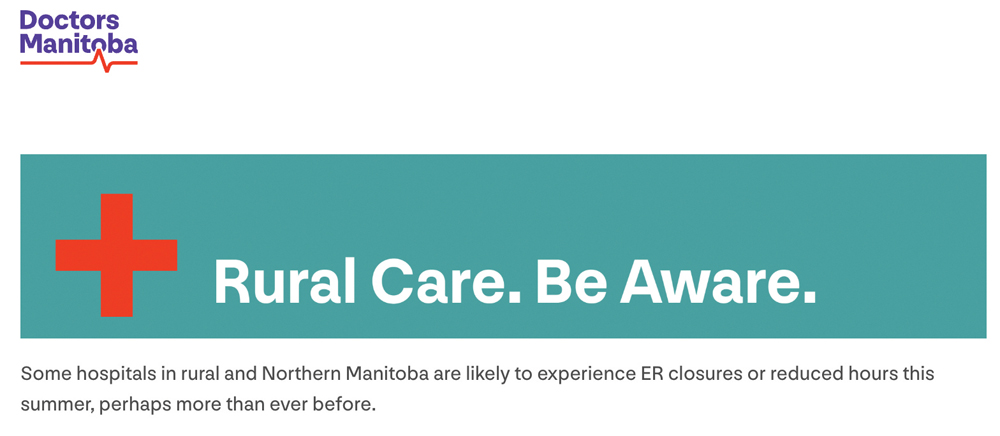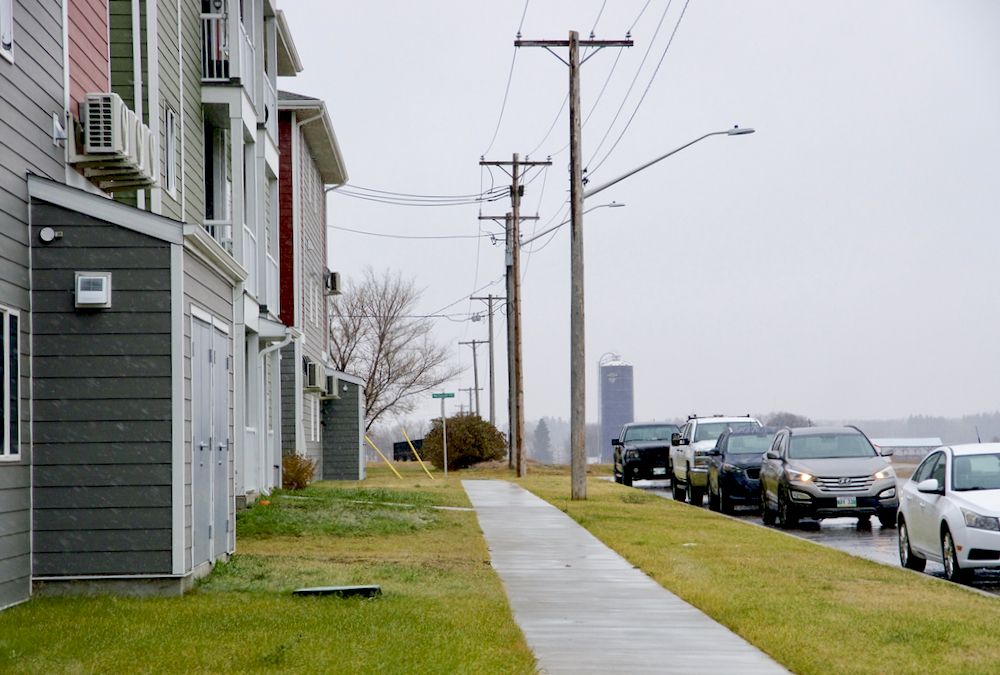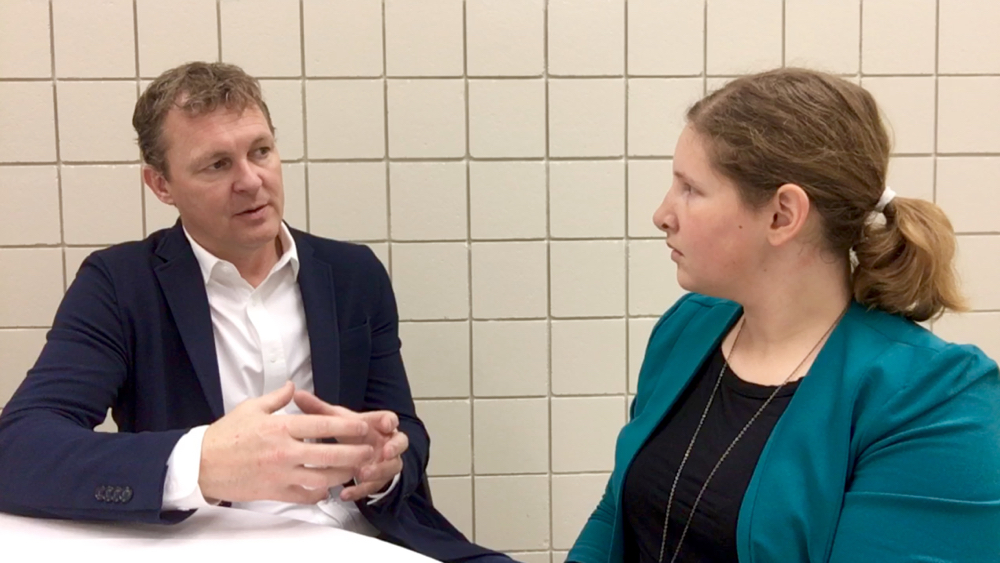A group of Manitoba doctors has set up a resource to tell rural residents where they can find emergency medical care.
“Please plan ahead,” said Dr. David Cram in a news release from Doctors Manitoba issued at the start of the summer. Cram works in Souris.
“In all my years practicing medicine in rural Manitoba, I’ve never seen so many ERs closed or only open part time,” he added.
Read Also

New Crown-Indigenous partnership to spearhead Churchill expansion
Province announces new Manitoba Crown-Indigenous Corporation to co-ordinate Port of Churchill Plus revamp, bolster northern development and trade
Ruralcare.ca lists every emergency room by health region and says if ERs are open 24/7, part-time or closed. It also offers links to information from regional health authorities, which may be more up to date. The site is updated weekly.
Of 68 hospitals in rural and northern Manitoba, 20 ERs are completely closed, 22 are closed part-time and 26 are open all day, every day, said Keir Johnson, director of strategy and communications with Doctors Manitoba.

In 2020, one person died after they were turned away from a closed ER and had to travel to another, according to a report that surfaced in the media earlier this year. It’s not clear if the person died because of the delay in treatment, said Johnson, but doctors do not want this to happen again.
“If the paramedics can’t keep track of what’s opened and closed, how can we reasonably expect the public to keep track?” Johnson said.
If it’s an emergency, call 911 or the local ambulance number, ruralcare.ca says. If it’s urgent, go to the nearest ER or urgent care centre.
Shared Health says it’s working to improve consistency of care, “including to accommodate planned and unanticipated suspension of emergency department services,” a Shared Health spokesperson said in a statement.
Ambulance response times shouldn’t change because of the closed ERs, Shared Health said, but in cases where ambulances must drive farther to reach an open ER, wait times “could” be affected.
Plan of action required
ER closures are largely due to lack of staff, worker burnout and stress, and increased sick calls, said Johnson.
While the COVID-19 pandemic made things worse, it didn’t cause the problem, he said.
“This issue has been happening for many years in Manitoba.”
Manitoba has the fewest number of family doctors per capita, Johnson said. The overall number has grown but hasn’t matched population growth.
In rural areas, family doctors are often the ones delivering babies and filling shifts at the ER and personal care homes, and may do minor surgeries or chemotherapy treatments. With few family doctors, it’s not surprising to see rural hospitals struggle, Johnson said.

Medicine has also become more specialized, he added. It’s harder for a doctor to do it all, which means more doctors may be needed to cover the same suite of care.
This, combined with a competitive job market, can make it difficult for rural hospitals to fill gaps.
Municipalities have been trying to attract health-care staff. In 2018, the Association of Manitoba Municipalities reported that 95 per cent of its members were using municipal funds to recruit and keep doctors and nurses.
Communities were spending $1 million annually on these efforts, AMM said.
In 2019, the province rolled out its Manitoba Clinical and Preventive Services Plan with the intention to revamp the system and offer more consistent local care using a “network of hubs” to make better use of resources.
The plan included investment in rural and remote health care.
However, details on how that would be rolled out in rural communities have yet to be released.
“Since 2019, the Association of Manitoba Municipalities has been urging the Province of Manitoba to unveil Shared Health’s plan for transforming rural health care under Manitoba’s Clinical Preventive Services Plan,” said AMM president Kam Blight in a statement sent to the Co-operator.
“We understand the significant challenges the COVID-19 pandemic has placed on the health-care system. However, it is imperative that the Province [sic] consult with municipalities given abrupt service delivery changes not only place significant pressures on impacted communities, but they also create barriers to accessing primary essential services for local residents.”
Planning impossible
Lack of a plan may be discouraging doctors from committing to rural communities, Johnson said.
“How do you do that when there’s this big black cloud hanging overhead, and you don’t know what the future of that hospital is going to be? Should I be buying a house and moving my family here or should I be looking at a different community?”
The province has seemed willing to listen to doctors, Johnson said, but “we really need to see that listening turn into some action.”
The Co-operator asked the province if a detailed plan to revamp rural care was in the works.
In a statement, a provincial spokesperson did not directly answer the question but said rural health-care issues aren’t unique to Manitoba.
“Our government made the most significant health-care investment in the history of our province as a part of Budget 2022 — $7.2 billion,” the spokesperson said in an Aug. 4 statement. “Our government continues to invest in health-care staffing across the province including a plan to add close to 400 new nursing education seats and providing financial aid for internationally educated nurse applicants.”
Shared Health has initiatives to recruit and retain nursing staff, the spokesperson added. This includes financial incentives to encourage nurses to work full time, a mentorship program, establishment of a “provincial float pool,” and the introduction of undergraduate nursing students into the work force.
















